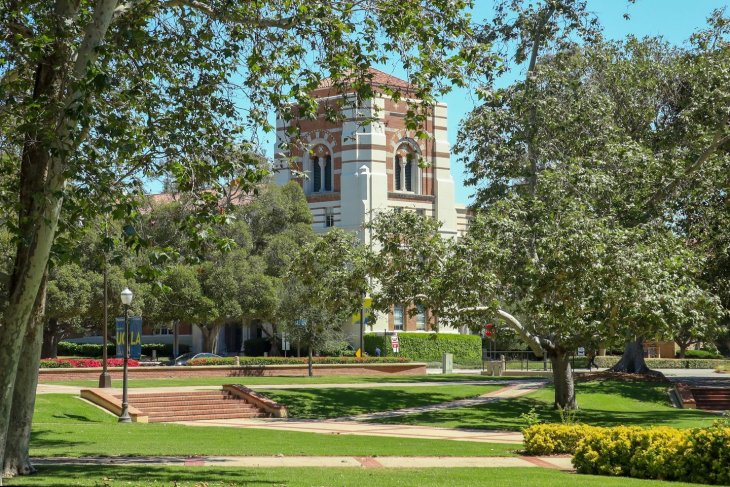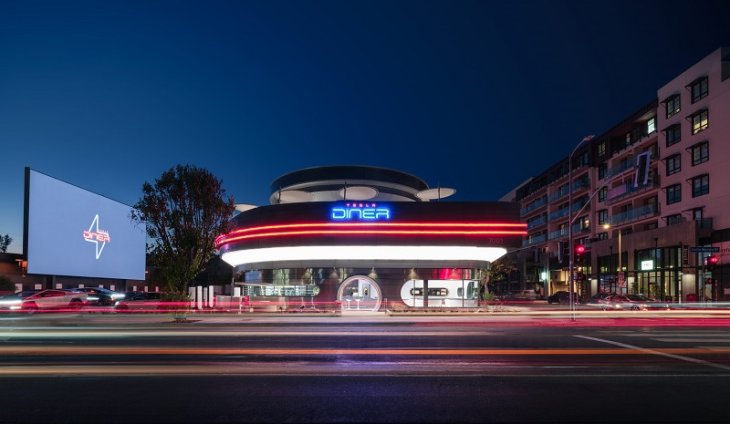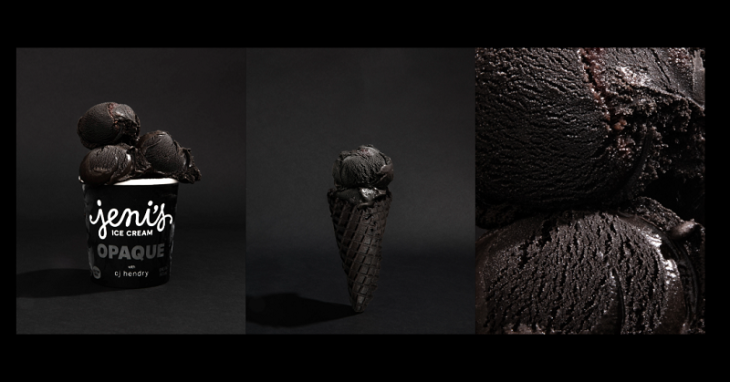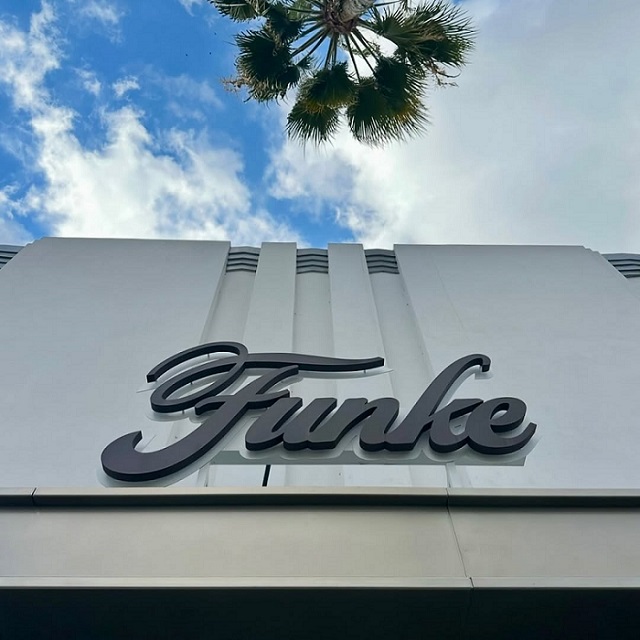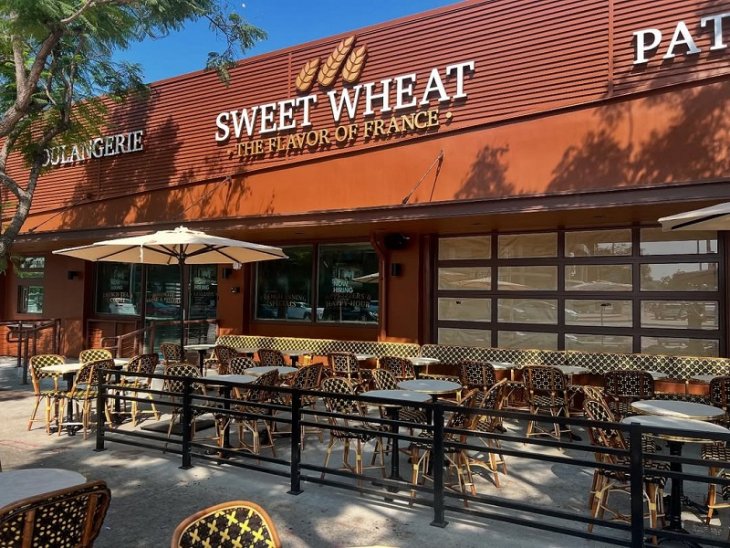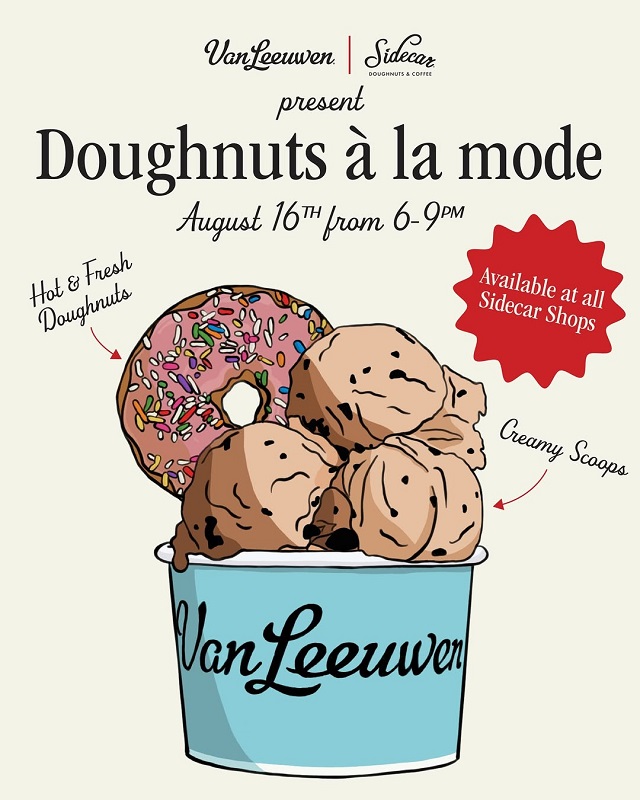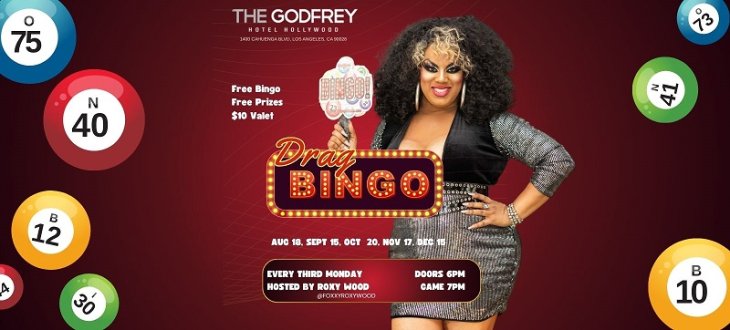
The “Spring Home Buying Season” appears to be starting early this year. With residential real estate inventory still low in most areas of the country, many buyers are starting their 2016 “dream home” hunting now rather than waiting until spring.
In the past buyers waited for the spring season to start to do their home shopping research and physically go visit prospective “dream homes.” But everything has changed today with the increased use of the Internet and mobile computing. Millennials and other tech savvy home buyers are out there almost every minute of the day checking their iPads, iPhones, and other devices to see if anything new has come on the market.
Today’s buyers are using real estate apps and getting their listings 24 hours a day/ 7 days a week via text and e-mail. As a matter of fact, Millennials don’t wait for their real estate agent to notify them of new listings. Most of the Millennials are doing their own research online and only engaging an agent after they have decided what they want to look at.
The buyers are out there looking for inventory. They simply do not care what time of year it is. If they find the right property they will buy well before spring.
A yearly phenomenon occurs at the beginning of each year. New buyers and those who took a break during the winter holiday season are starting to focus on home buying.
Clients of mine have explained this energized focus at the beginning of the new year usually comes from discussions and decisions made during family winter holiday dinners or vacations, as well as from financial and personal reassessments made during the holidays while starting tax preparation for spring tax deadlines.
The bottom line is that these house hunters are out there looking well before the spring and will look at your home if it is out there on the market for sale.
Typically, sellers do not think “out-of-the-box.” Most still think traditionally that the spring is the best season to sell, but this is not necessarily the case. When buyers are looking seriously, they look at everything on the market meeting their criteria that is a potential buying opportunity in their price range.
The more inventory that is on the market, the more choices buyers will have. This is potentially harmful to a seller, particularly if a nearby property comes on the market that is priced more attractively. The prices of active listings as well as closed sales prices impact buyers’ perception of value.
The chief economist for Zillow, Svenja Gudell, has noted that the housing market appears to be getting closer to “normal.” Gudell says, “Home value growth has largely stabilized at a sustainable level and the runaway appreciation that marked the last few years has passed, even as some markets remain much hotter than others.”
At the peak of the last housing bubble, flipping made up 8.6 percent of all home sales nationally, according to Trulia. That share is now down to about 5 percent and seems to be holding there.
The most upside in flipping is at the high end. The luxury markets in Beverly Hills and Bel-Air are among the most profitable areas in the country for flipping.

Demand for the luxury area North of Sunset Blvd, in Beverly Hills, known as Trousdale Estates, is hotter than ever.
A one acre-plus parcel of land with sweeping views and plans for an approximately 24,500 sq. ft. home on what has come to be known as “Billionaire Row” has just come on the market for $35 million. Once this Trousdale home is completed, the list price for the property will likely be $100 million.
It appears there may be two distinct markets developing within our luxury market; One for mere “millionaires” and another market for “billionaires” which defies gravity … at least until the next market crash.
The California Association of Realtors reports that home price appreciation in California moderated from 27.5 percent in 2013 to 9.8 percent in 2014 and then to 6.5 percent in 2015. According to a report from Trulia, a healthy rate of growth is one or two ticks above the rate of inflation. The report explains that 9 percent and 10 percent growth is unsustainable and erodes market confidence that drives steady solid growth.
The California Association of Realtors predicts the California median home price increase for 2016 will be 3.2 percent. This would be the slowest rate of appreciation in 5 years.
Some economists are throwing up warning flags, predicting doom and gloom. They point to the United States stock market downturn, largely attributed to the economic slowdown in China, U.S. monetary policy normalization, and the collapse in energy and other commodity prices.
With the current volatility in the stock market and uncertainty in the U.S. political arena, some buyers are being particularly cautious about the residential real estate market. Even so, demand continues for the luxury real estate market in the most desirable Westside neighborhoods of Los Angeles including Beverly Hills and Bel-Air.
For a free courtesy consultation, or information regarding mortgage brokers, contact Bess Hochman, a top Westside Real Estate Broker for over 20 years. Bess is also distinguished by holding a law degree. This article expresses the opinion of the author. You are advised to consult attorneys & others experts specializing in the issues referenced in this article.
Contact Bess at 310.291.4111or Bess.CenturyCityNews@yahoo.com.
—————————
“Bess is a master negotiator!” says Michael Donaldson, attorney and author of “Negotiating For Dummies.”

